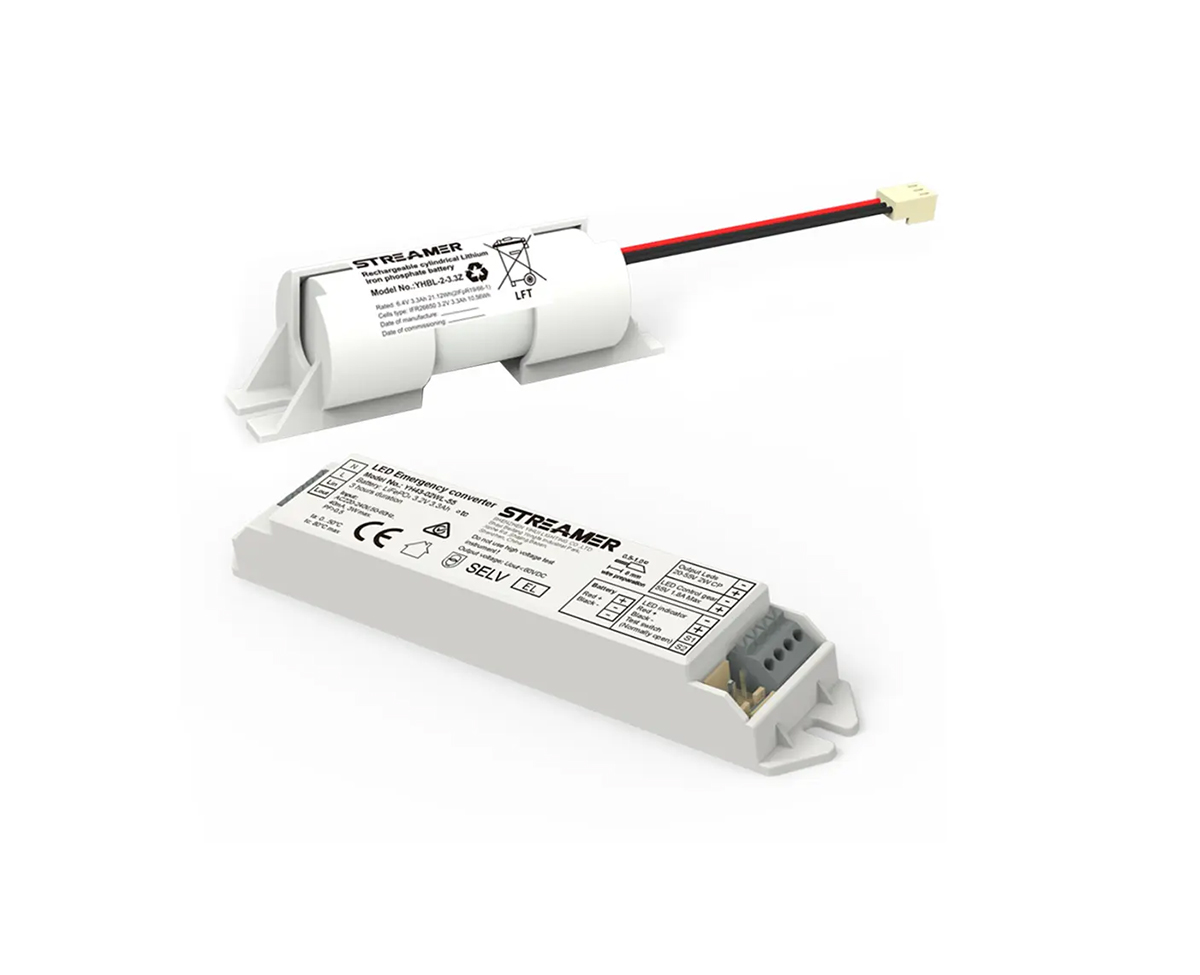 1
1
 May 05, 2025
May 05, 2025

Baseband signal processing in BBU (Base Band Unit) devices lies at the heart of modern wireless communication systems, serving as a crucial link in converting digital information into transmittable signals and vice versa. This process encompasses several fundamental operations that are essential for efficient communication.
The first step in baseband signal processing is modulation. BBU devices take digital data streams, which are typically in the form of binary code, and modulate them onto a carrier signal. Common modulation techniques used include Quadrature Amplitude Modulation (QAM) and Phase - Shift Keying (PSK). For example, in 5G networks, higher - order QAM such as 256 - QAM or 1024 - QAM is often employed to achieve higher data rates. By varying the amplitude and phase of the carrier signal according to the digital data, the BBU can effectively encode the information for transmission over the wireless channel.
After modulation, the baseband signal undergoes channel coding. This involves adding redundant bits to the data stream to enhance its error - correction capability. Error - correction codes like Low - Density Parity - Check (LDPC) codes and Turbo codes are widely used in BBU devices. These codes enable the receiver to detect and correct errors that may occur during transmission due to noise, interference, or fading in the wireless channel. For instance, LDPC codes can achieve near - Shannon limit performance, significantly improving the reliability of data transmission.
Another important aspect of baseband signal processing is digital filtering. BBU devices use digital filters to shape the baseband signal, remove unwanted frequency components, and ensure that the signal meets the requirements of the wireless standard. For example, root - raised cosine filters are commonly used to limit the bandwidth of the transmitted signal and reduce inter - symbol interference.
In addition, BBU devices perform synchronization operations. This includes carrier synchronization, which ensures that the receiver's carrier frequency is aligned with that of the transmitted signal, and symbol synchronization, which enables the receiver to accurately sample the received signal at the correct time intervals. Without proper synchronization, the received signal cannot be correctly demodulated and decoded.
Finally, the baseband signal is converted to an analog signal through a digital - to - analog converter (DAC) before being sent to the Radio Frequency (RF) unit for further processing and transmission. The entire baseband signal processing in BBU devices is highly complex and requires high - performance digital signal processing (DSP) chips and efficient algorithms to ensure fast and accurate signal processing, enabling high - quality wireless communication.